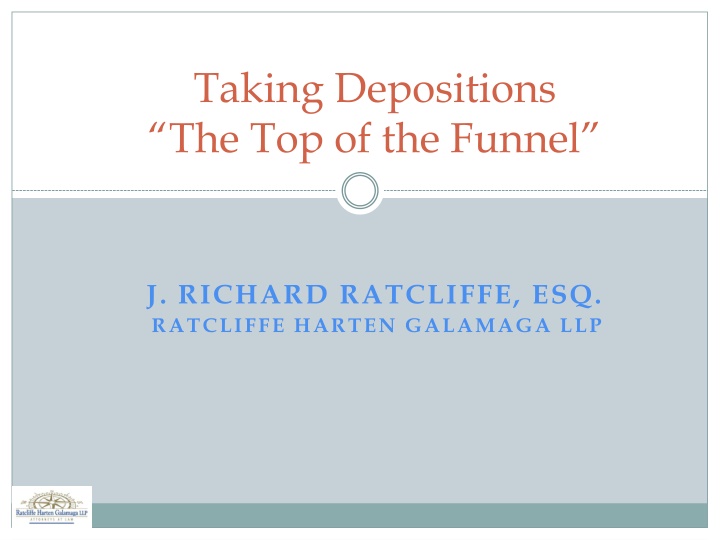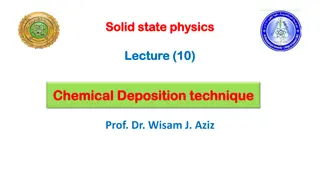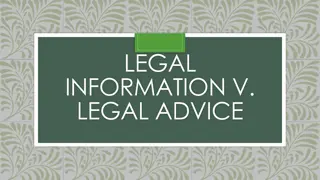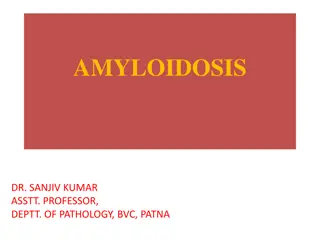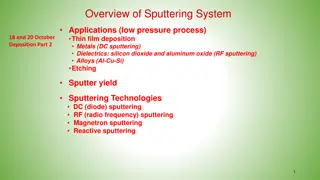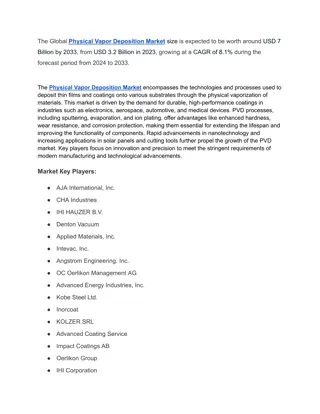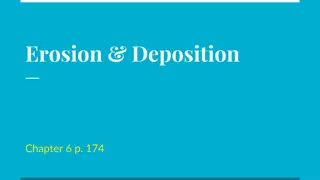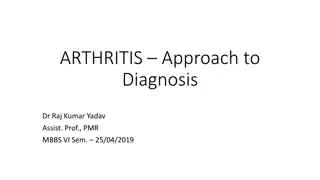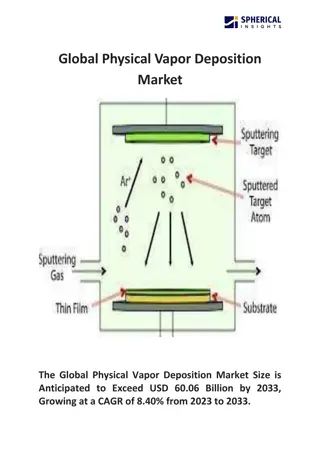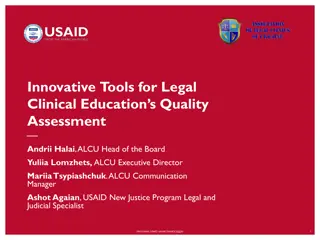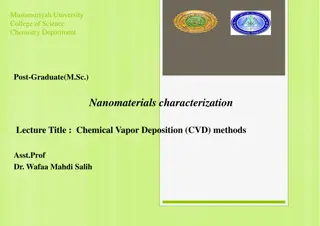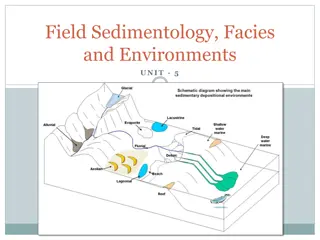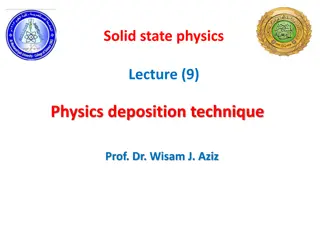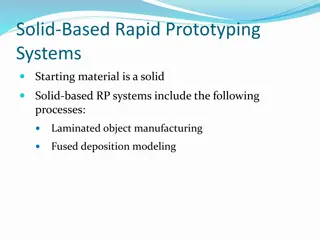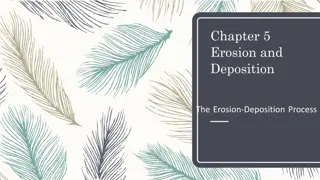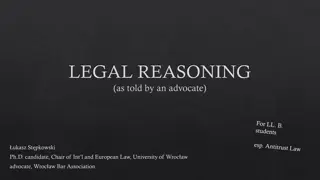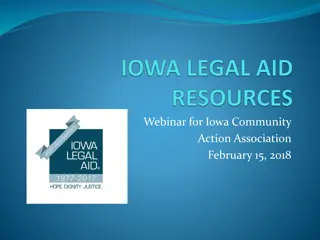Mastering the Deposition Process for Legal Professionals
Discover the ins and outs of taking or defending depositions with expert advice on preparation, questioning techniques, and maximizing the deposition experience. Learn why depositions are crucial in building a strong legal case, uncovering new information, and testing theories. Gain insights into using depositions as powerful tools in trials and motions. Utilize the funnel approach to craft effective questioning strategies and ensure a thorough examination of witnesses. With practical tips and real-world scenarios, enhance your deposition skills for success in the legal field.
Download Presentation

Please find below an Image/Link to download the presentation.
The content on the website is provided AS IS for your information and personal use only. It may not be sold, licensed, or shared on other websites without obtaining consent from the author.If you encounter any issues during the download, it is possible that the publisher has removed the file from their server.
You are allowed to download the files provided on this website for personal or commercial use, subject to the condition that they are used lawfully. All files are the property of their respective owners.
The content on the website is provided AS IS for your information and personal use only. It may not be sold, licensed, or shared on other websites without obtaining consent from the author.
E N D
Presentation Transcript
Taking Depositions The Top of the Funnel J. RICHARD RATCLIFFE, ESQ. RATCLIFFE HARTEN GALAMAGA LLP
Goals of the Program 2 Demystify and simplify the process of taking or defending a deposition Give you an opportunity to experiment, try techniques, make mistakes Realistic experience in a testing laboratory where you control the experiment and get immediate feedback
Why take a deposition? 3 Discovery / To build your case To learn new information To confirm facts you already know To test your theories To educate your client To see, hear, and smell the witness
How Do You Use A Deposition? 5 As affirmative evidence for motions or trial To refresh recollection of a testifying witness To impeach a testifying witness
LONG BEFORE THE DEPOSITION BEGINS
Preparing Yourself 7 REVIEW/CONSULT: Documents produced Other deposition transcripts Motion papers Your client, expert Independent research MAKE NOTES: Outline vs. script Keyed to documents
TECHNIQUE: THE FUNNEL APPROACH Get the coverage or breadth of the topic first Start your questioning in broad areas to avoid unintended gaps Use open-ended questions - HOW, WHAT, WHO, WHEN, WHERE, WHY, DESCRIBE, EXPLAIN, TELL ME 8
The Funnel Approach (contd) Gradually narrow your areas as you gain confidence as to what is relevant and useful Ask narrow and pointed questions as you fill in details and seek admissions Insure completeness by always asking anything else? Recapitulate and summarize where useful, being careful of how you paraphrase 10
The Funnel Approach (contd) Listen to the answers and follow up when necessary and appropriate, then or later Exhaust each topic before moving on to a new topic Questions should be short and clear; try to use 10 words or less 11
You already understand the theory: you were deposed as a child! 12 Did you go to a party last night? Yes. Was Susan there? Yes. Did Chris go too? Yes. Did Tommy go? Yes. Did you get there at 7:30 like you planned? No. No? 7:00? No. 8:00? About. Did you go straight home afterwards? No. Did you go to someone s house? Yes. Did you hang out at Starbucks? No. Did Karen s parents stay the whole time? No. What do you mean? They weren't there? I don t know.
Your skills improve when you become a parent: 13 Where were you tonight? Who was there with you? Who else? Anyone else? What did you do? What else did you do? Anything else? When did you get there? When did you leave? Where else did you go? Who went with you? How long did you stay? Who was in the house? Who chaperoned?
Consider: 14 Which method was easier as the questioner? Which got you more information? Which got the person talking? Which gives you more confidence that you learned all the information there was to learn? But, as the one being interrogated, which do you prefer (especially if you have something to hide)?
Demonstration 15 Closed vs Open Ended Questions at the Top of the Funnel
Demonstration 18 USING EXHIBITS
